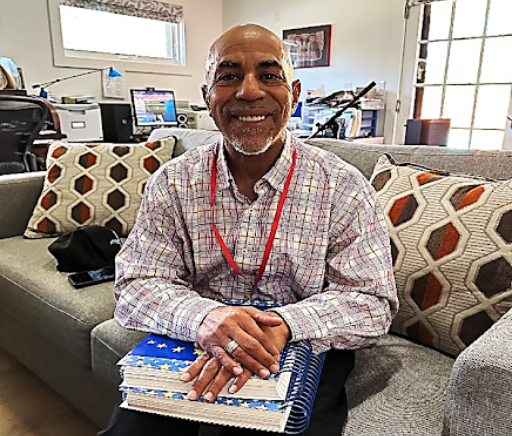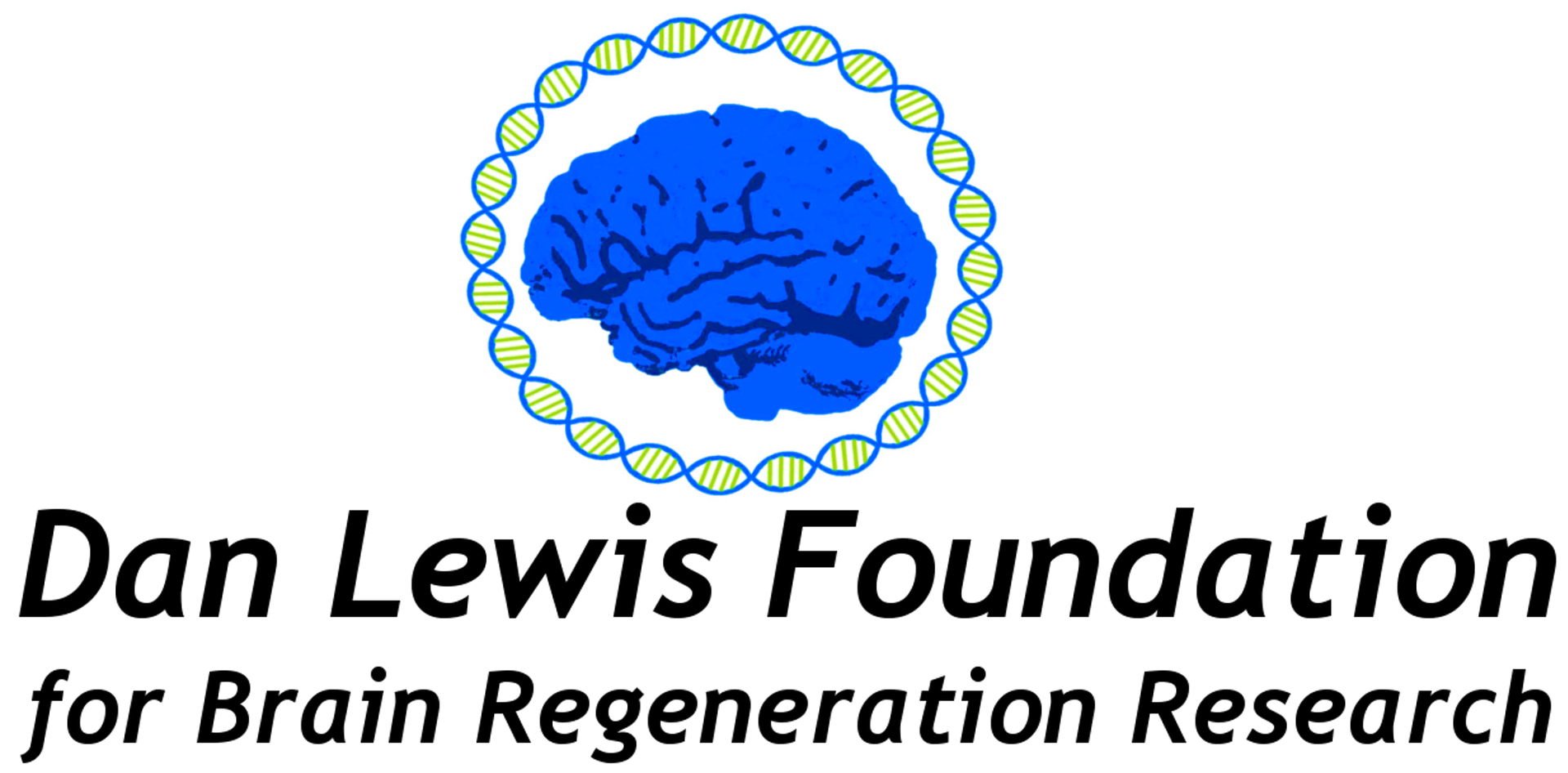The human brain is remarkable in its complexity, adaptability, and resilience. Yet, millions worldwide face dramatically impaired quality of life due to traumatic brain injuries, strokes, and degenerative neurological diseases. Today, there are no medicines that stimulate the restoration of lost brain functions. Recent research is showing us a path to new medicines that may activate the brain’s inherent capacity for regeneration following severe injury.
One notable researcher in this pioneering field is Jared Tangeman at Johns Hopkins University. Tangeman investigates the extraordinary regenerative capabilities of the axolotl, a salamander species uniquely capable of completely regenerating its central nervous system (CNS), including brain and spinal cord tissues. Through sophisticated genetic and cellular analyses, his lab has uncovered essential genetic programs activated during neural regeneration. Tangeman’s laboratory employs innovative models of optic nerve injuries, such as whole-eye enucleation (temporary removal and reimplantation of the entire eye in the salamander) to explore how retinal cells survive extreme conditions and regenerate nerve connections. Utilizing advanced genomic techniques, including single-cell RNA sequencing and chromatin profiling, paired with AI-driven structural modeling, Tangeman identifies critical genes such as ATF3 and RUNX1, which regulate neuronal survival, axon regeneration, and the activation of progenitor cells into new neurons¹. Identifying specific genes involved in regeneration provides precise molecular targets for developing new therapeutic approaches. Once these targets are validated in human cell-based models, they can guide the development of novel medicines, particularly genomically targeted drugs, to enable human brain regeneration after severe injury.
Complementing Tangeman’s fundamental research is work led by Justin Burrell at the University of Pennsylvania. Burrell is focused on rapidly translating laboratory findings into clinically viable therapies. His team discovered boldine, a compound with remarkable neuroprotective effects. This compound has been shown to reduce nerve damage and promote nerve regeneration in animal studies². These findings have potential implications for treating nerve injuries and TBI. Additionally, Burrell’s team has developed engineered neural scaffolds, biomaterials designed to guide nerve fibers across injury sites, which have successfully reconnected severed nerves in preclinical studies³. These tissue-engineered constructs, when combined with pharmacological interventions such as boldine, offer promising dual-action treatments capable of dramatically improving recovery outcomes for severe brain injuries.
The innovative research by Tangeman and Burrell showcases a powerful synergy—Tangeman’s foundational insights into molecular regeneration mechanisms provide precise targets for novel therapies, while Burrell’s work demonstrates practical strategies immediately applicable in clinical settings.
A promising therapeutic frontier inspired by these fundamental discoveries involves genomically targeted medicines such as antisense oligonucleotides (ASOs) and RNA interference (RNAi) molecules. ASOs are short, synthetic molecules designed to precisely modulate gene expression by targeting specific RNA sequences, thus influencing cellular behaviors and disease processes⁴. ASOs have demonstrated clinical efficacy in treating genetic diseases, including spinal muscular atrophy, underscoring their therapeutic potential for neurological conditions⁵. Similarly, RNAi-based therapies, designed to silence specific genes involved in disease progression, have recently entered clinical practice for conditions such as hereditary amyloidosis, further underscoring their potential⁶. Notably, ASO-based therapies are currently being tested in clinical trials for spinal cord injuries, aiming to harness the CNS’s innate ability to restructure itself. These pioneering trials, led by neuroscientists such as Stephen Strittmatter at Yale University, indicate a viable pathway toward applying similar strategies to brain injuries⁷.
The convergence of Tangeman’s foundational genetic discoveries and Burrell’s translational approaches positions genomically targeted therapies, including ASOs and RNAi, as highly promising tools for stimulating regeneration and recovery. Once validated in human cell-based models, these targeted genomic strategies can significantly enhance regenerative capacities in human brains after severe injury. Concurrent advances in biomaterials, nanomedicine, and artificial intelligence (AI) further bolster regenerative research. For example, nanotechnologies enable the targeted delivery of therapeutics directly to injured brain regions, increasing efficacy and precision⁸. AI-driven tools rapidly analyze complex genetic and molecular data, swiftly identifying promising targets and therapeutic strategies. Collectively, the groundbreaking efforts of researchers like Jared Tangeman and Justin Burrell, alongside advances in genomically targeted therapies, nanomedicine, and AI, hold transformative potential. These innovations significantly advance our understanding and ability to promote neural regeneration, offering renewed hope and improved quality of life for millions affected by severe neurological injuries.
Citations
- Leigh, N. D. et al. Transcriptomic landscape of the blastema niche in regenerating adult axolotl limbs at single-cell resolution. Nat. Commun. 9, 5153 (2018).
- Burrell, J. C. Neuroprotective regenerative potential boldine nerve injury models. Frontiers Cellular Neuroscience 17, (2023).
- Daly, W. T. Engineered scaffolds neural tissue regeneration: cellular molecular considerations. Journal Tissue Engineering 9, (2018).
- Crooke, S. T., Baker, B. F., Crooke, R. M. & Liang, X.-H. Antisense technology: an overview and prospectus. Nat. Rev. Drug Discov. 20, 427–453 (2021).
- Finkel, R. S. et al. Nusinersen versus Sham Control in Infantile-Onset Spinal Muscular Atrophy. N. Engl. J. Med. 377, 1723–1732 (2017).
- Adams, D. et al. Patisiran, an RNAi therapeutic, for hereditary transthyretin amyloidosis. N. Engl. J. Med. 379, 11–21 (2018).
- Griffin, J. M. Progress toward therapeutic interventions spinal cord injury: Antisense oligonucleotides promising strategy. Neurotherapeutics 17, 471–486 (2020).
- Sahni, J. K. Nanotherapeutic approaches treatment neurodegenerative disorders.
Drug Discovery Today
24, 1145–1153 (2019).


